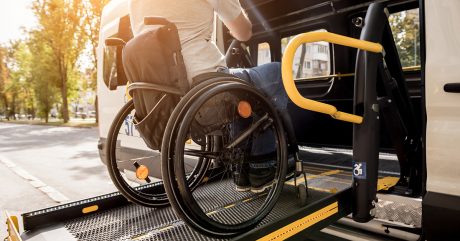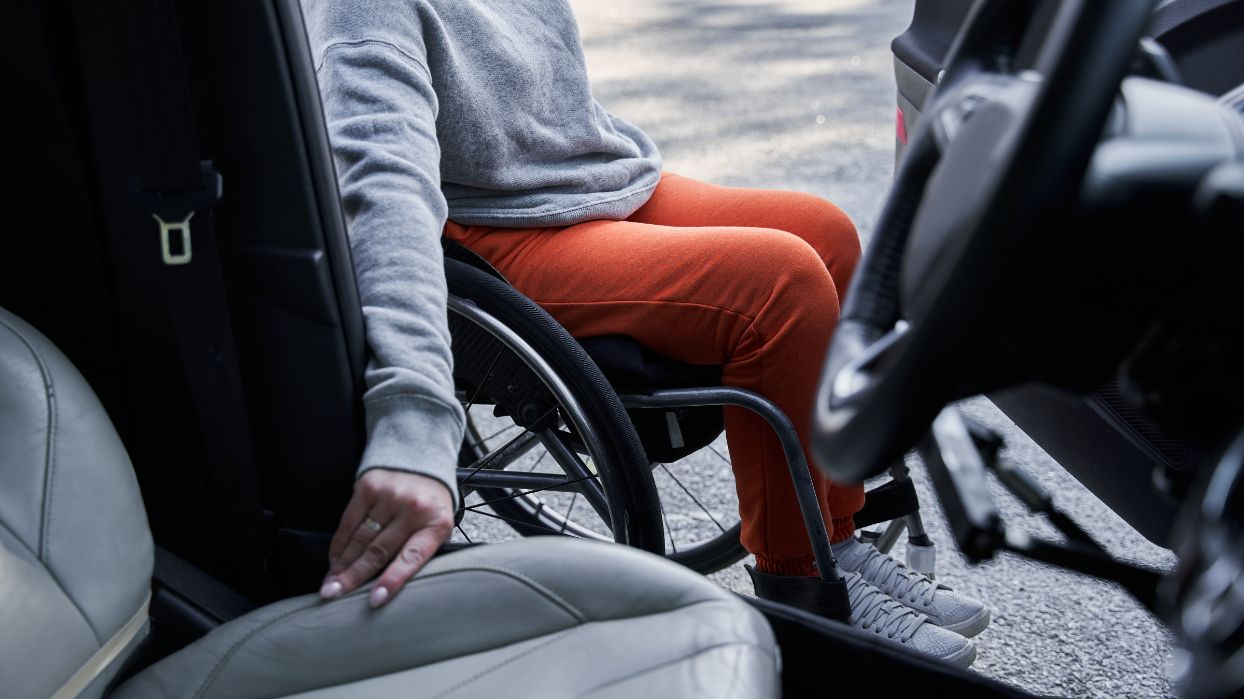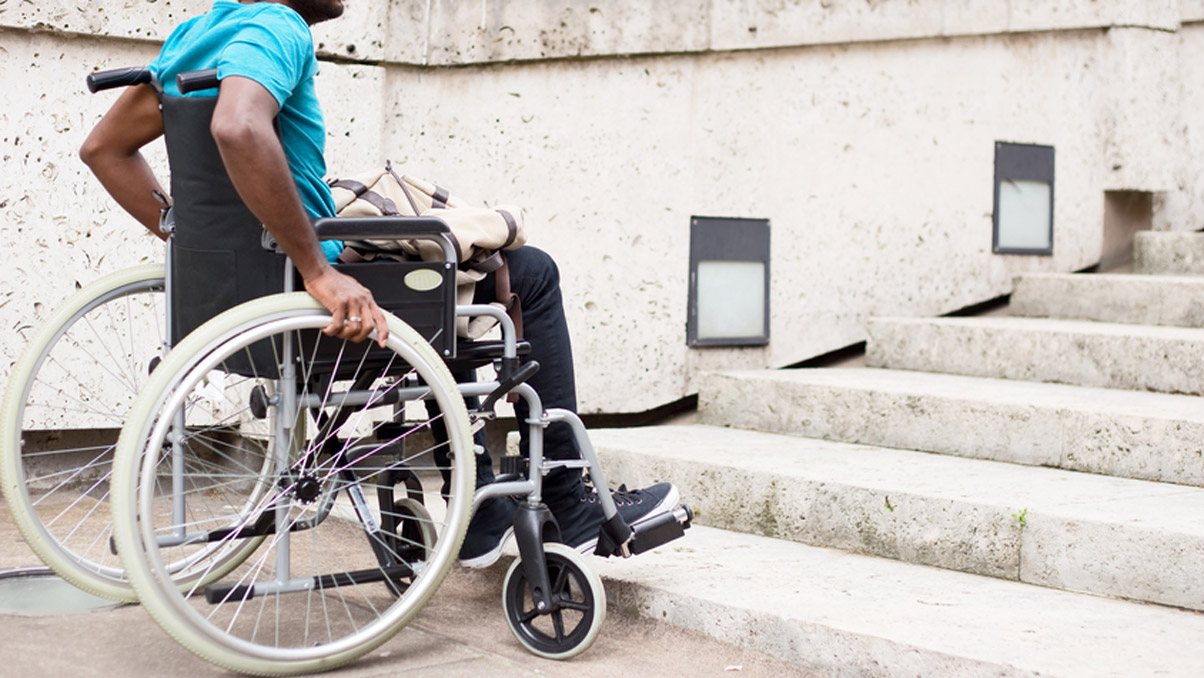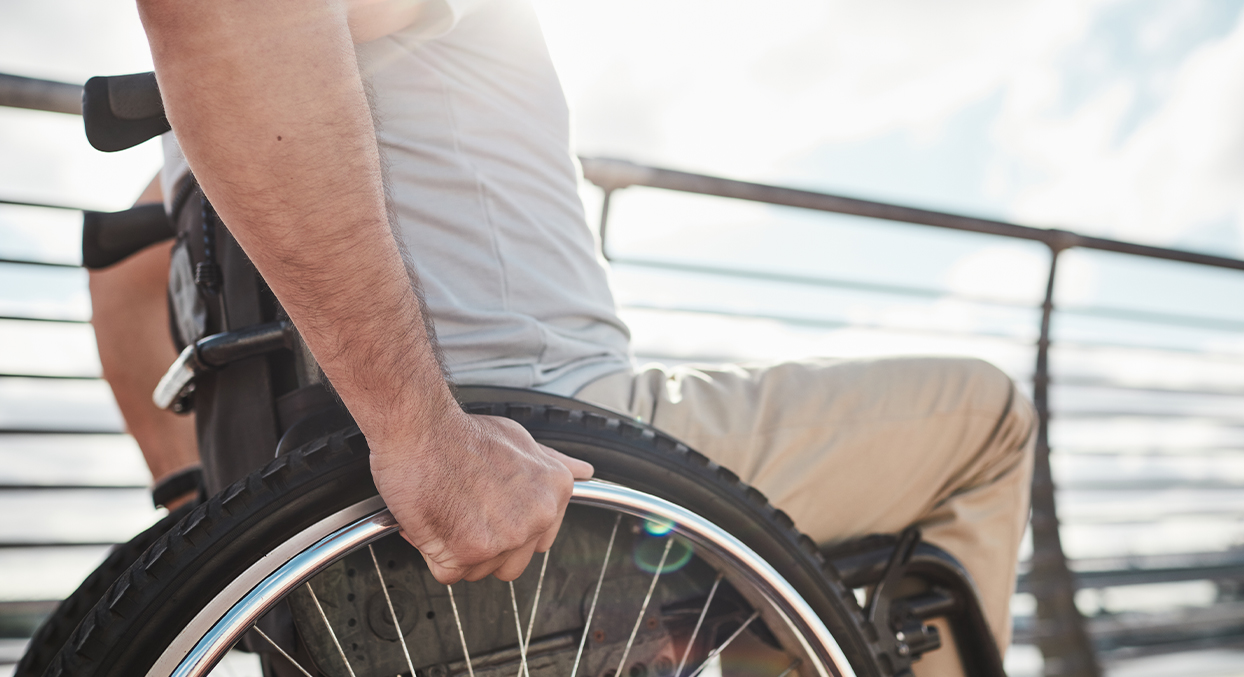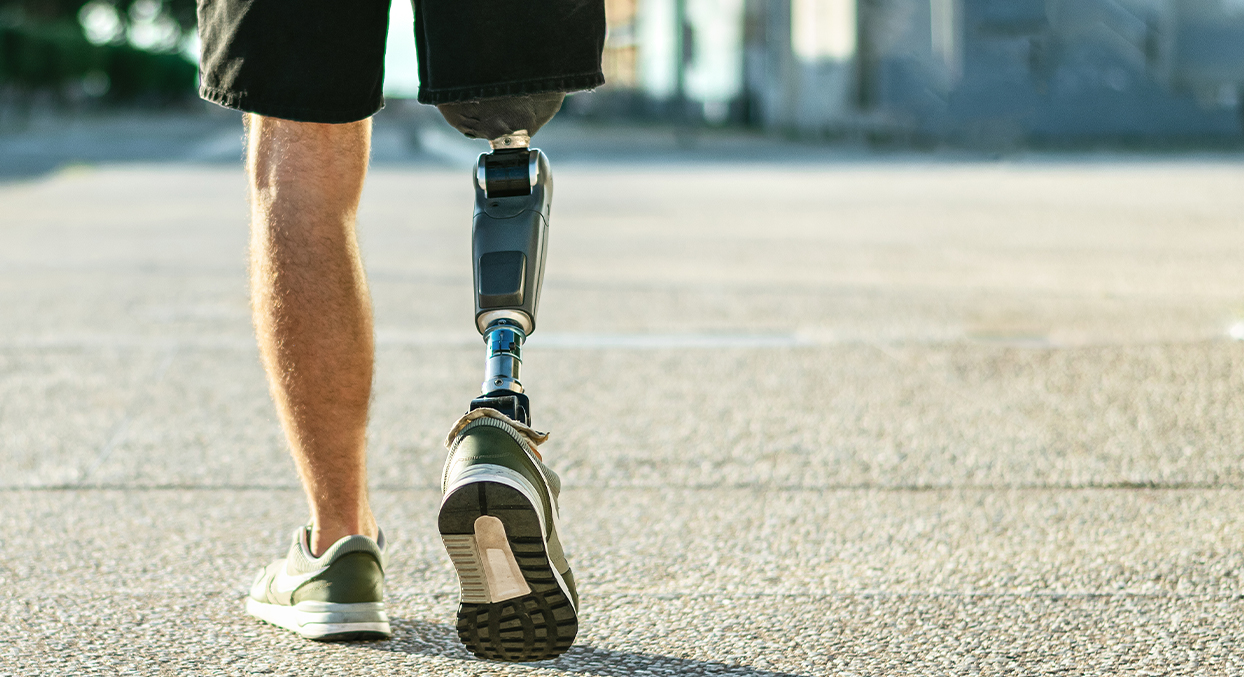Life after serious injury involves many ongoing challenges, particularly for those whose injuries prevent them from living their life in the way they used to. Many patients struggle with their lack of independence and their reliance on others to go about their daily life.
Adapting vehicles after a serious injury is important to ensure that individuals with disabilities can regain independence and mobility. Many custom modifications and accessible seating arrangements are available to enable people to drive or travel comfortably and independently after serious injury so that they can continue to participate in the activities that they enjoy.
In this first part of a three part series, Gemma Laing and Natalya Salt explain the various car adaptations available for people who have experienced serious injury, as well as the funding options and practical steps to obtain these adaptations.
Options for car adaptations
The potential adaptations to a car for a person with a serious injury are varied, but fit into four broad categories:
- Driving adaptations. These might include:
- Hand controls, which let you control the speed of the vehicle using a lever.
- Foot controls, for example a former Stewarts client who was unable to use their arms had their car adapted to enable them to drive using their legs.
- Left-foot accelerators, which can be used when a person has limited mobility in their right leg, so the speed can be controlled with their left foot instead.
- Steering aids, which can include adaptations such as steering balls to allow steering with one hand.
- Stowing adaptations. Examples include boot hoists or rooftop stowage, which can be used to help stow a wheelchair whilst the car is being driven.
- Access adaptations. These might include:
- Transfer plates, which enable individuals to make a sideways transfer from their wheelchair to the car seat.
- Electronic person hoist, which involves the person sitting in a sling to transfer out of the wheelchair and into the car seat.
- Comfort adaptations, for example a former Stewarts client had injuries which meant they could not tolerate the car seatbelt strap. The client was able to get a seatbelt designed to be kept off their chest to prevent pain, but also to ensure compliance with the law.
How to get support: the Motability Scheme
Personal Independence Payment (PIP) is awarded to help with the extra costs of living with a long-term health condition or disability. If you are awarded the enhanced rate of PIP and have at least twelve months left on this, you are eligible to apply for the Motability Scheme.
What you may be able to access
If you are successful in your application for Motability, you may be able to access a range of vehicles that can be adapted for safe use as per the above list including cars, scooters and powered wheelchairs. You can use the tool on the Motability website to determine what vehicle is best for you.
Paying for the vehicle
Most people that use the Motability Scheme use their mobility allowance to lease the vehicle they require. However, some will be unable to afford the advance payment on a vehicle and any adaptations they need to access the benefits of the Motability Scheme.
Motability runs a number of grant programmes to enable those who cannot afford the support they need to access a suitable vehicle.
Anyone in receipt of the mobility allowances that make them eligible to join the Motability scheme can apply for a grant. Applications are means-tested to ensure those who most need the support will get it. If you decide to apply for a grant, Motability will consider who has to travel with you daily. This includes children you receive child benefit for, or dependents you live with and have caring responsibilities for such as an elderly parent.
You can read more about the grant schemes on the Motability website, or call 0800 500 3186 to request an application form.
Spinal cord injury charity Back Up has now been awarded a grant of £1.86m over three years from the Motability Foundation, which will be focused on activities which ensure that people with spinal cord injury have the practical skills and confidence to travel how they want, where they want and when they want.
Driving Mobility
Driving Mobility is a charity that accredits a group of 20 driving assessment centres across the UK. The centres offer assessments and advice on:
- the types of adaptations someone may need to safely and independently control their vehicle;
- different types of wheelchair and scooter loading support; and
- general advice to passengers of these adapted vehicles.
Driving Mobility supports a wide range of people, including those with a medical condition that impacts their ability to make decisions around safe driving, or have a disability who may need special adaptations to their vehicle. They can also provide support to parents and carers who may need to transport someone else with limited mobility.
A driving assessment with Driving Mobility aims to review an individual’s driving skills and abilities in order to determine the most appropriate support and types of modifications they may require. The assessments also help to reassure the person that they are capable of driving safely and independently following an illness or injury.
You can find more information on Driving Mobility and your nearest mobility centre on their website or by calling 0800 559 3636.
Subscribe – In order to receive our news straight to your inbox, subscribe here. Our newsletters are sent out once a month.

